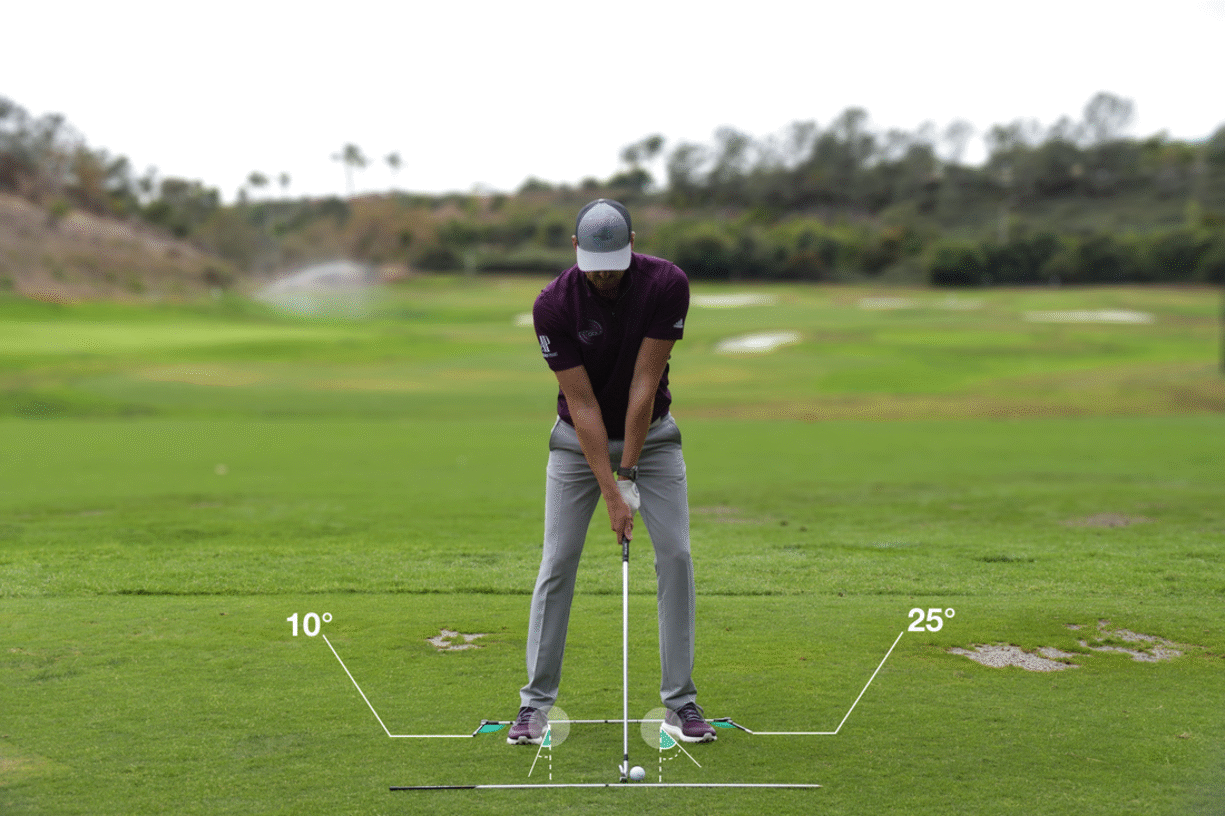Introduction:
Welcome to VH Stories, where we explore the wonderful world of golf! If you’re new to the sport and eager to improve your game, mastering the golf swing is the first and most crucial step. In this blog, I will share with you some valuable golf swing tips for beginners that will help you get started on the right foot. Whether you’re a seasoned athlete or a complete novice, these tips are designed to enhance your understanding of the golf swing and take your skills to new heights.
1. Understanding the Fundamentals of the Golf Swing:
Before we dive into the swing tips, it’s essential to grasp the fundamentals of the golf swing. The golf swing is a complex motion that involves a series of coordinated movements. To achieve a powerful and accurate swing, you need to focus on the following elements:
a. Grip:
The grip is the foundation of a solid golf swing. Take hold of the club with a relaxed yet firm grip. Ensure that the “V” formed by your thumb and index finger points towards your trailing shoulder.
b. Stance and Alignment:
Position yourself parallel to the target line with your feet shoulder-width apart. Distribute your weight evenly on both feet, and slightly bend your knees. Align your body with the target, and the clubface should be square to the target line.
c. Posture:
Maintaining proper posture is crucial for a consistent swing. Bend slightly from your hips while keeping your back straight. Let your arms hang naturally and maintain a slight flex in your knees.

2. Mastering the Backswing:
The backswing sets the stage for a powerful downswing and impact. It is essential to execute this phase smoothly and efficiently. Here’s how you can do it:
a. One-Piece Takeaway:
Initiate the backswing by turning your shoulders, hips, and arms together in one fluid motion. Avoid excessive arm movement, which can lead to inconsistency.
b. Coil Your Body:
As you reach the top of your backswing, focus on creating torque by coiling your upper body against your lower body. This will store potential energy that can be unleashed during the downswing.
c. Maintain Wrist Hinge:
Retain a slight hinge in your wrists at the top of the backswing. This helps maintain control and generates more clubhead speed during the downswing.
3. Executing the Downswing:
The downswing is where the magic happens – it’s the moment you unleash all that stored energy. Mastering the downswing can lead to longer and more accurate shots.
a. Start with Lower Body:
Initiate the downswing by rotating your hips towards the target. This sequence should be led by your lower body rather than your arms.
b. Lag and Release:
Create lag by holding the wrist hinge for as long as possible during the downswing. Then, release the clubhead at the right moment to achieve maximum clubhead speed at impact.
c. Swing Path and Plane:
Ensure that your swing path is slightly from the inside to out, promoting a slight draw, which provides better control and distance.
4. Impact and Follow-Through:
The impact is the moment of truth in your golf swing. A proper impact position leads to a solid shot. Here’s how to master it:

a. Hands Ahead of the Ball:
At impact, your hands should be slightly ahead of the golf ball. This helps achieve a clean strike and minimizes the risk of mishits.
b. Balanced Finish:
Follow through with your swing smoothly, ensuring that your body weight transfers to your front foot. Hold your finish until the ball has landed.
6. The Mental Aspect of the Golf Swing:
While mastering the physical techniques of the golf swing is crucial, don’t overlook the mental aspect. Golf is a mentally challenging sport, and having the right mindset can significantly impact your performance. Here are some mental tips to keep in mind:
a. Stay Calm and Focused:
Maintaining a calm and focused mind during your swing is vital. Clear your mind of distractions, take deep breaths, and trust in your abilities.
b. Visualize Success:
Before stepping up to the ball, visualize your ideal swing and the perfect shot. This positive visualization can boost your confidence and help you execute the swing more effectively.
c. Embrace Mistakes:
Golf is a game of imperfections. Instead of getting frustrated with mistakes, view them as opportunities to learn and improve. Stay positive and move on to the next shot with a fresh mindset.
7. Proper Warm-up Routine:
A proper warm-up routine is essential for preparing your body and mind for a successful round of golf. Here’s a simple warm-up routine to follow:
a. Stretching:
Start with some light stretching exercises to loosen your muscles. Focus on your shoulders, back, hips, and legs.
b. Practice Swings:
Take some practice swings with a pitching wedge or a short iron. This will help you find your rhythm and get a feel for your swing before you start hitting full shots.

c. Putting Practice:
Spend some time on the putting green to get a sense of the speed and feel of the greens. This will help you with your touch and confidence on the greens during the round.
8. Golf Swing Drills for Beginners:
Incorporate some golf swing drills into your practice routine to reinforce the key concepts of the swing. Here are a few effective drills:
a. Mirror Drill:
Stand in front of a mirror and take slow-motion swings, focusing on your grip, stance, and posture. This visual feedback will help you make necessary adjustments to your technique.
b. Impact Bag Drill:
Practice your impact position by hitting into an impact bag or a stack of pillows. This drill encourages a proper impact position and helps eliminate any early release of the club.
c. Alignment Stick Drill:
Use an alignment stick on the ground to ensure your feet, hips, and shoulders are aligned correctly. This drill promotes a square setup, leading to more accurate shots.
9. Seek Professional Instruction:
While self-improvement is essential, seeking professional instruction from a certified golf instructor can make a significant difference in your progress. A golf pro can identify flaws in your swing and provide personalized guidance to address them.

10. Golf Fitness and Conditioning:
Golf is a physically demanding sport, and being in good shape can enhance your performance on the course. Incorporate golf-specific exercises into your fitness routine to improve flexibility, strength, and overall endurance.
a. Core Strengthening:
A strong core is vital for generating power and stability during your swing. Include exercises like planks, crunches, and Russian twists in your workout routine.
b. Flexibility Exercises:
Improved flexibility allows for a fuller range of motion in your swing. Incorporate stretches that target your shoulders, hips, and hamstrings.
c. Cardiovascular Conditioning:
Walking the course and carrying your bag can be physically demanding. Engage in regular cardiovascular exercises like jogging, cycling, or swimming to build endurance.
Conclusion:
As you embark on your journey to master the golf swing, remember that improvement takes time, dedication, and patience. Keep practicing the fundamentals, work on your mental game, and seek guidance from professionals. Focus on the process rather than immediate results, and you’ll see your swing evolve and your game improve.
Golf is a beautiful sport that offers not only physical challenges but also mental and emotional rewards. Embrace the learning process, enjoy the time on the course, and remember that every swing is an opportunity to grow and develop as a golfer.
Now, go out there and have fun on the golf course! Happy swinging!




